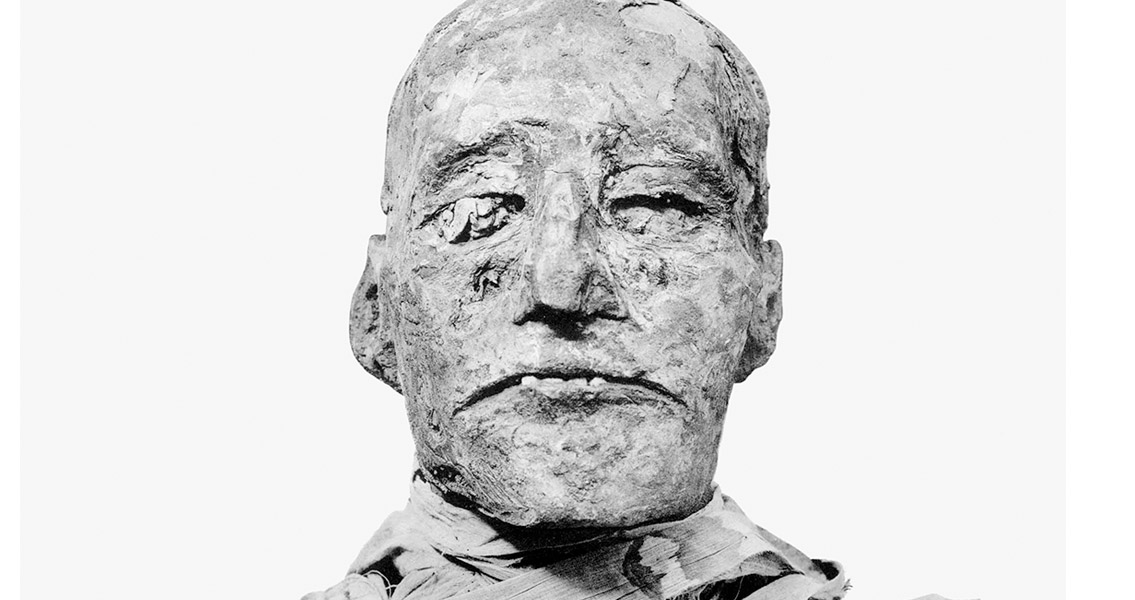<![CDATA[Ramesses III reigned over a declining Egypt between 1186 BCE and 1155 BCE - more than 31 years - endlessly (and expensively) at war, suffering weather disasters that affected food supplies, not to mention economic and political unrest. The politics of the time never got more turbulent for Ramses III than with the “Harem Conspiracy” – the plot which resulted in his assassination. Although ancient documents referred to an assassination attempt on Ramesses III, there was no evidence of either its success or failure until 2012, when Egyptologist Zahi Hawass and Sahar Saleem, a Cairo University radiologist, used CT scanning to discover that the pharaoh’s throat had been cut, severing his esophagus and larynx and killing him immediately. Documents from the time weave a tale of a lower ranking wife, Tiye, her son Pentawere – the second in line for the throne - and their plot to assassinate Ramesses III and overthrow Amun-her-khepeshef, the son of a more senior wife and heir to the throne. Now, in a new book, co-authors Hawass and Saleem suggest the pharaoh was killed by multiple assailants, a detail his embalmers had managed to keep under wraps (literally) for centuries. Given that a large majority of recovered mummies are kept wrapped, x-rays and CT scans are the primary method used to look inside the wrappings. New visualization technology and state-of-the-art scanning equipment are providing images which are much clearer than anything seen before. Things that would have been indiscernible only a few years ago, like a mummy's features, can now be seen in detail. A CT (computerized tomography) scan combines a sequence of X-ray images showing different angles to create cross-sections of the blood vessels, bones, and soft tissues inside the body. CT scans provide far more detail than ordinary X-rays. The evidence pointing to multiple assassins starts with a missing big toe, and the discovery that the wound hadn’t healed; meaning it likely occurred at the same time as the neck wounds. The distance between the wounds and the shape of the fractured toe indicate two separate assailants as well as two separate weapons. While the conspirators did successfully kill Ramesses III, Ramesses IV, his heir, took the throne and afterwards put Tiye, Pentawere, and other members of the royal household on trial It seems however, that Ramesses III's embalmers attempted to hide the pharaoh’s wounds, perhaps hoping to keep his troubles from following him into the afterlife by substituting the missing toe with one made from linen and covered with heavy coats of resin. When first discovered in 1886, researchers attempting to unwrap the mummy couldn’t get the linen away from his feet. Not until this CT scan did anyone know why. The CT scans also revealed material which had been stuffed underneath the pharaoh's skin in order to make him more attractive for his meeting with Osiris, a procedure that’s been found on other mummies as well, including King Tut.]]>
Under Wraps – Details of Pharaoh’s Assassination Revealed
